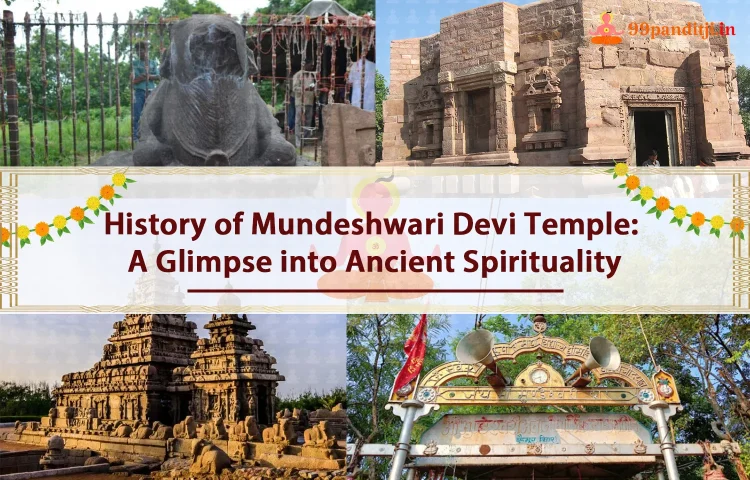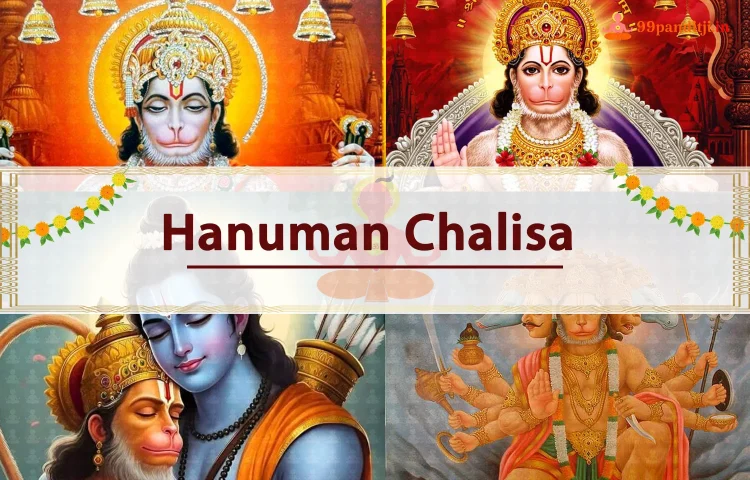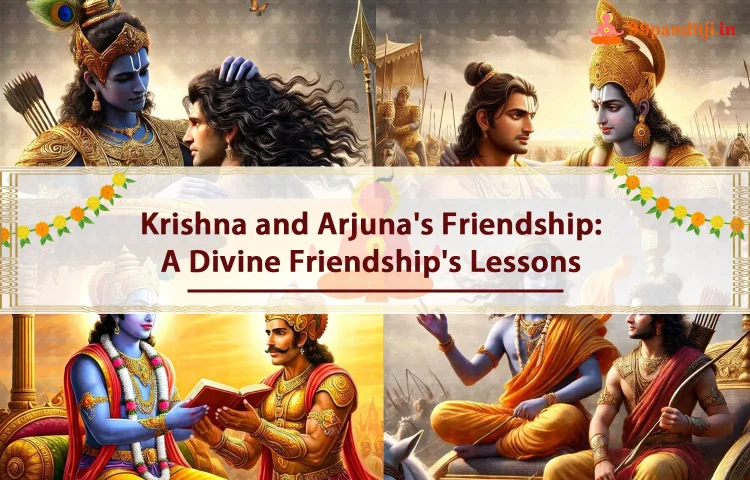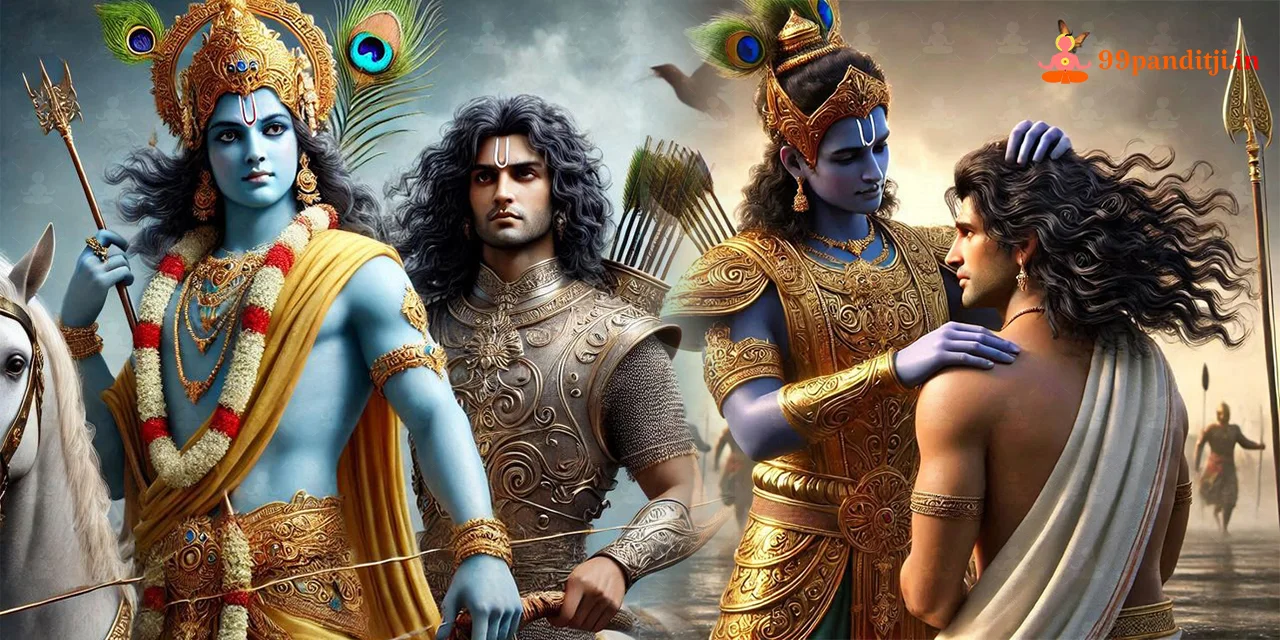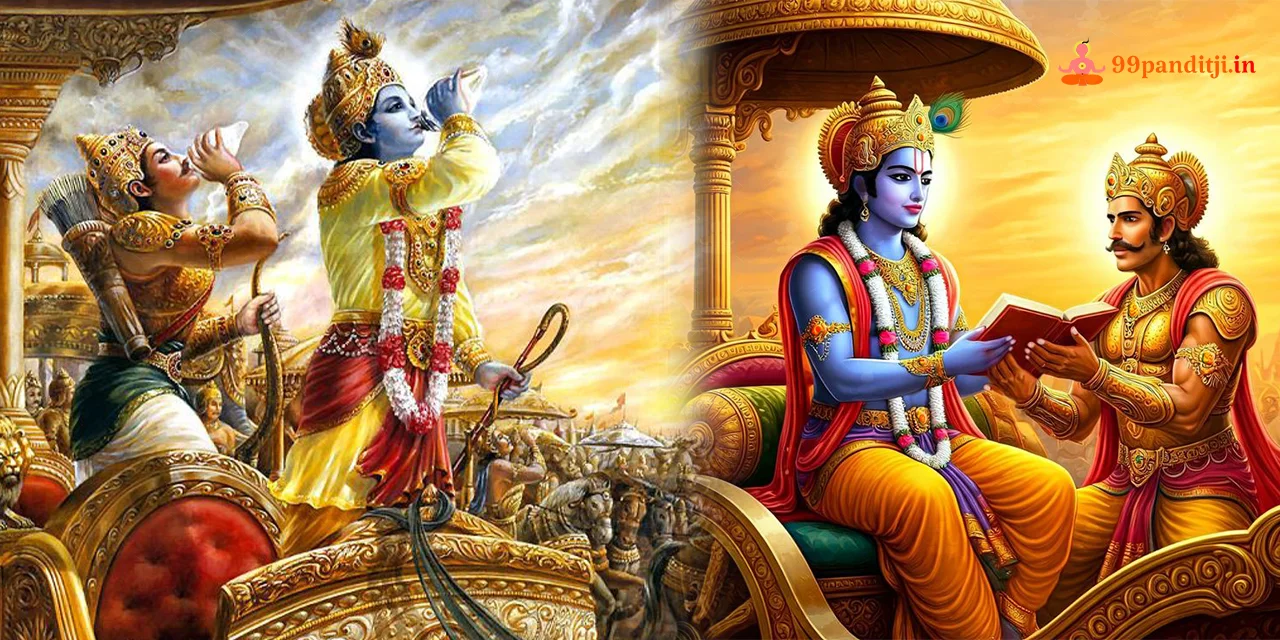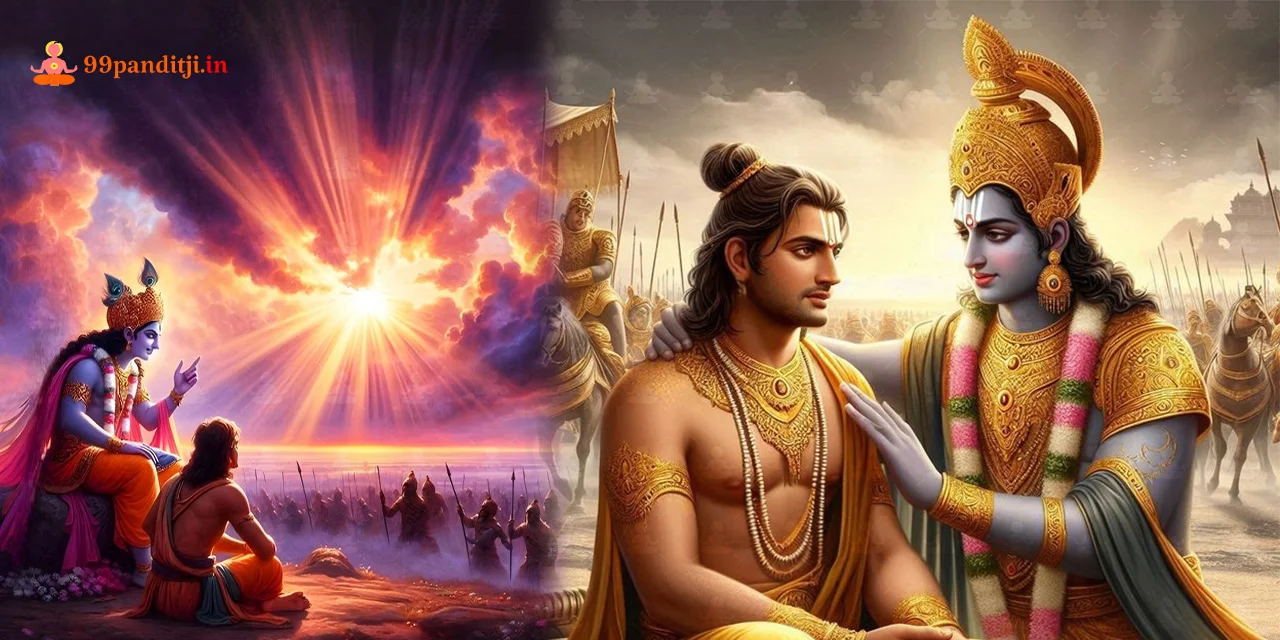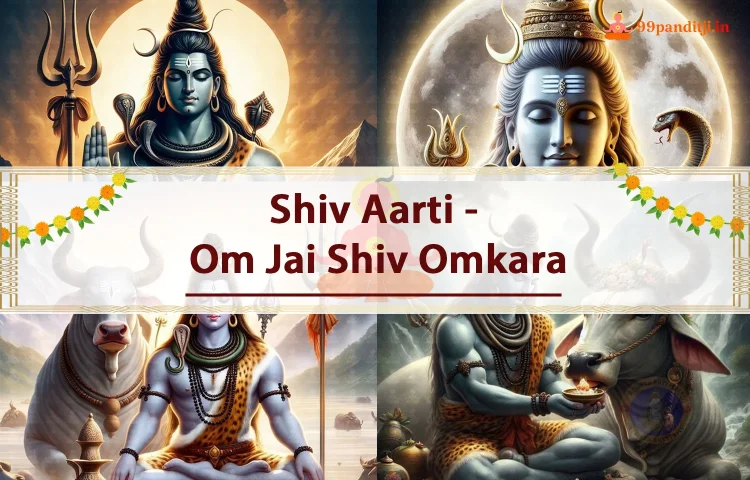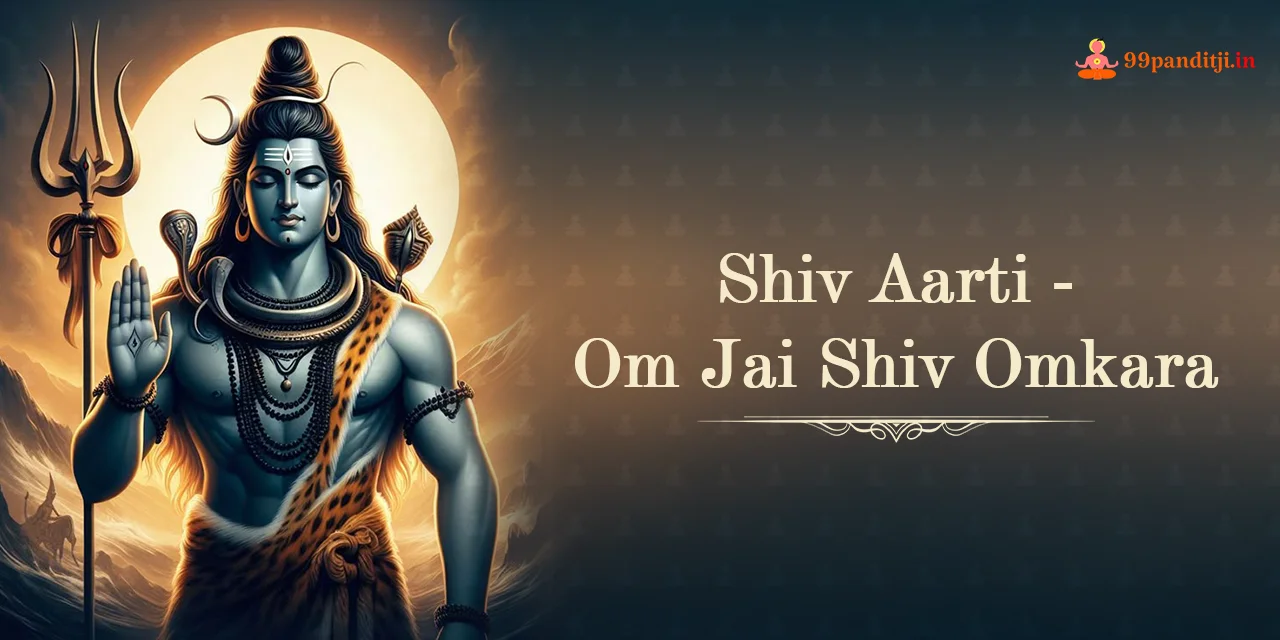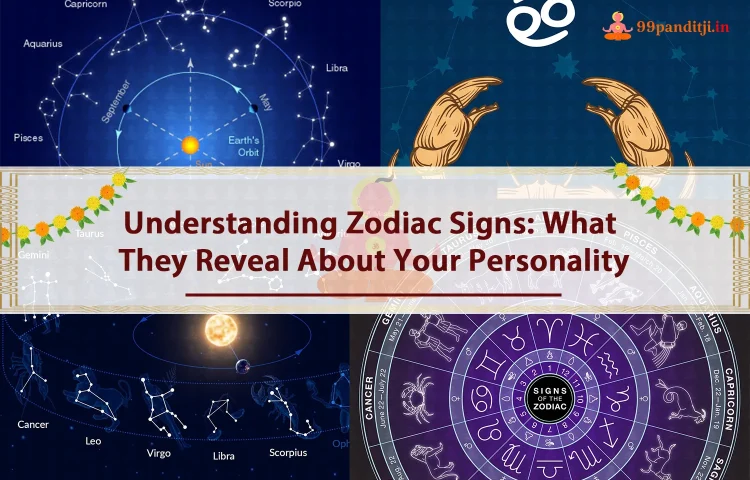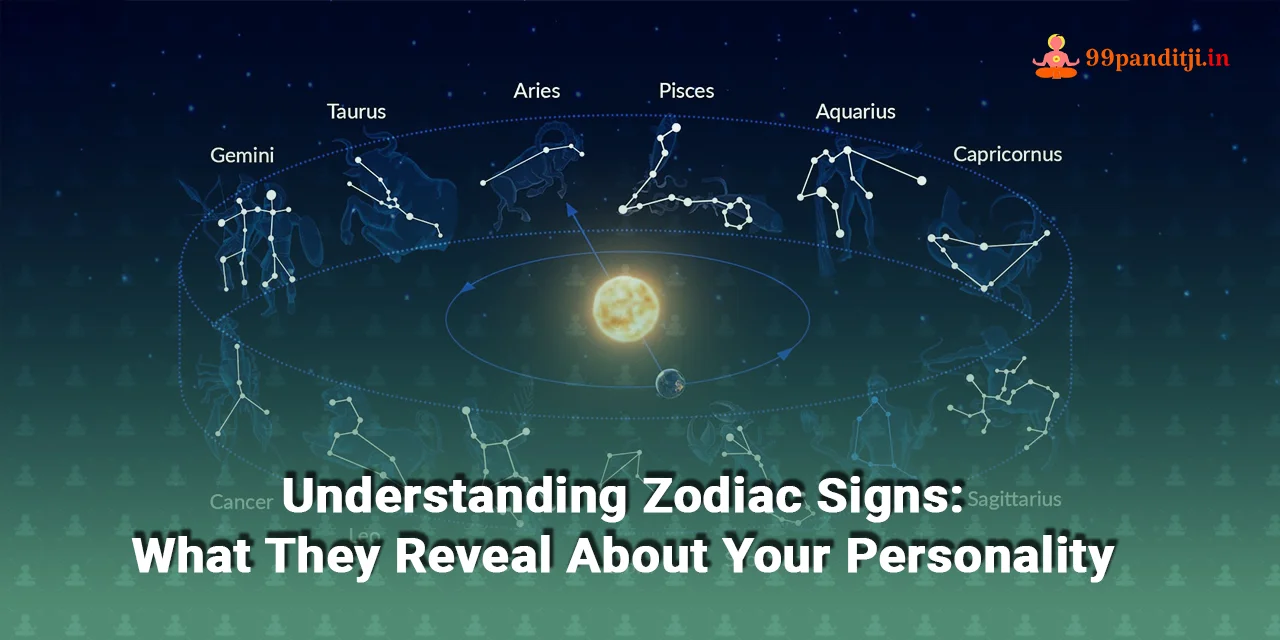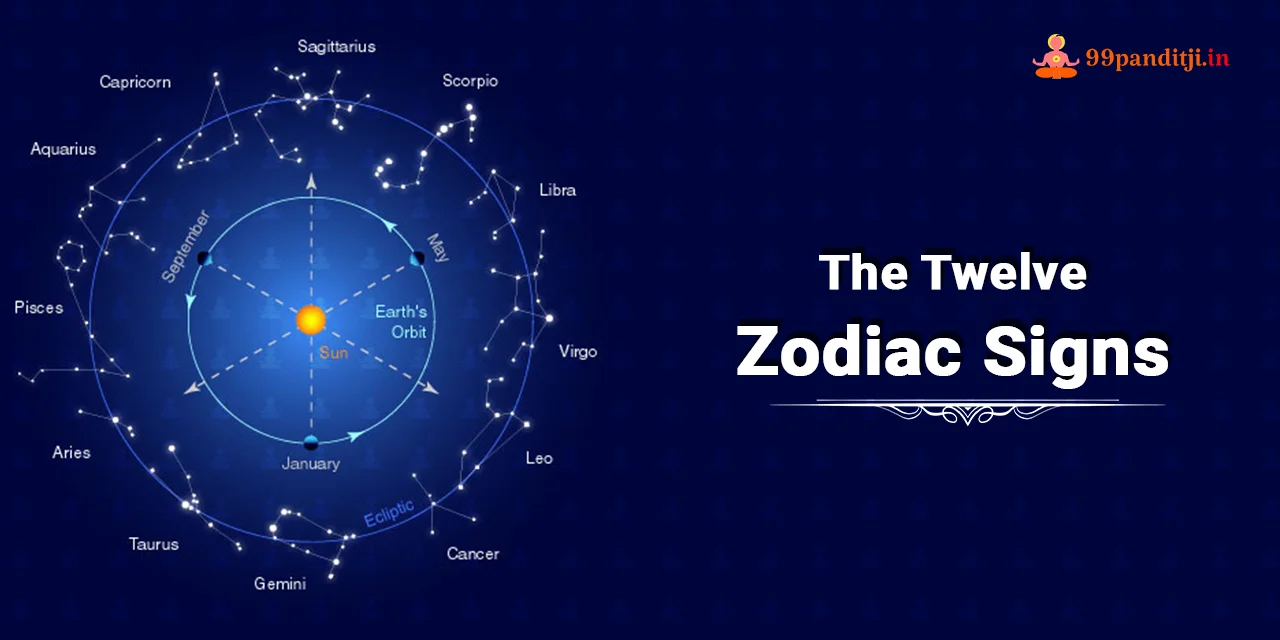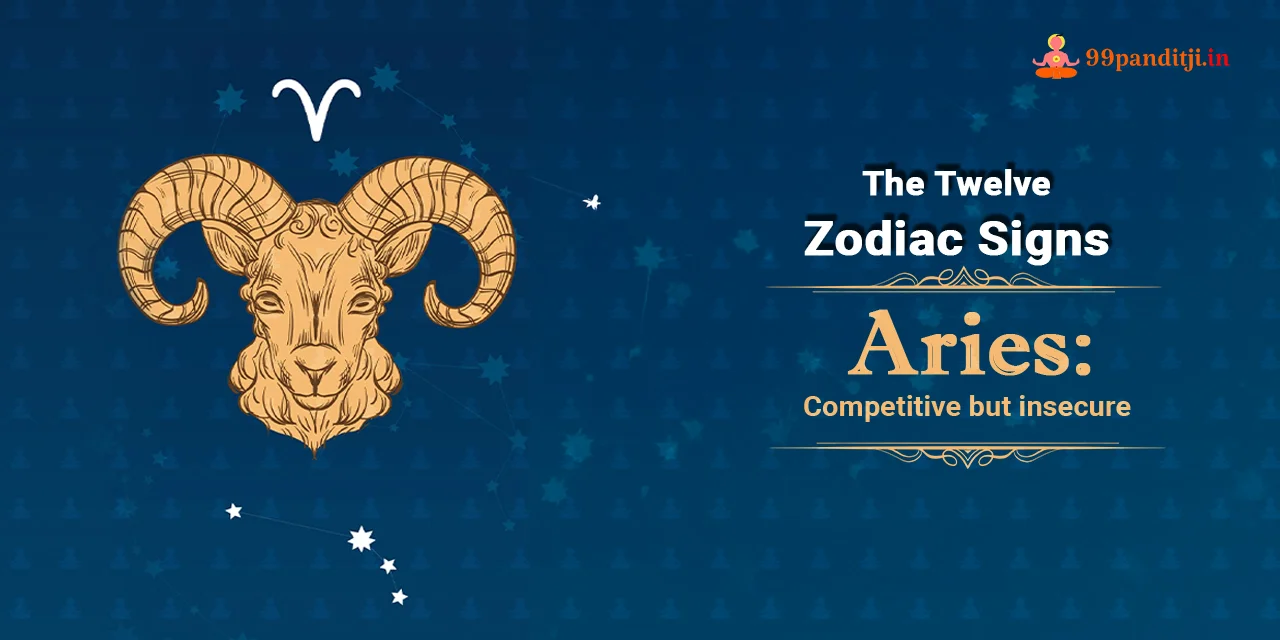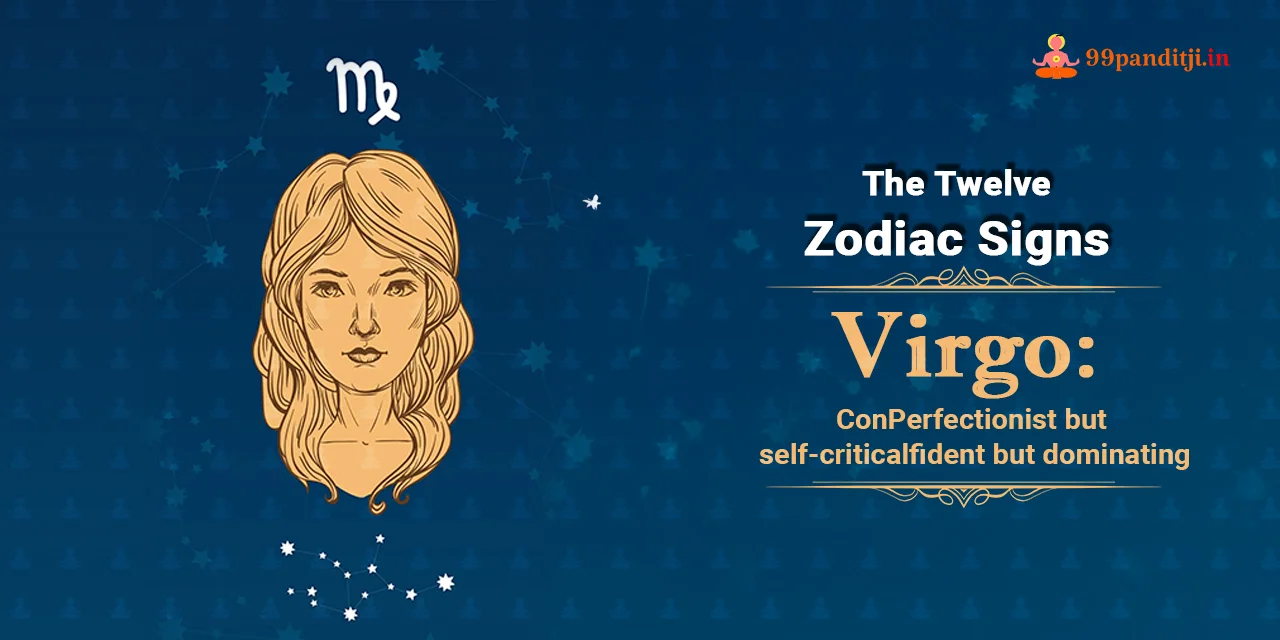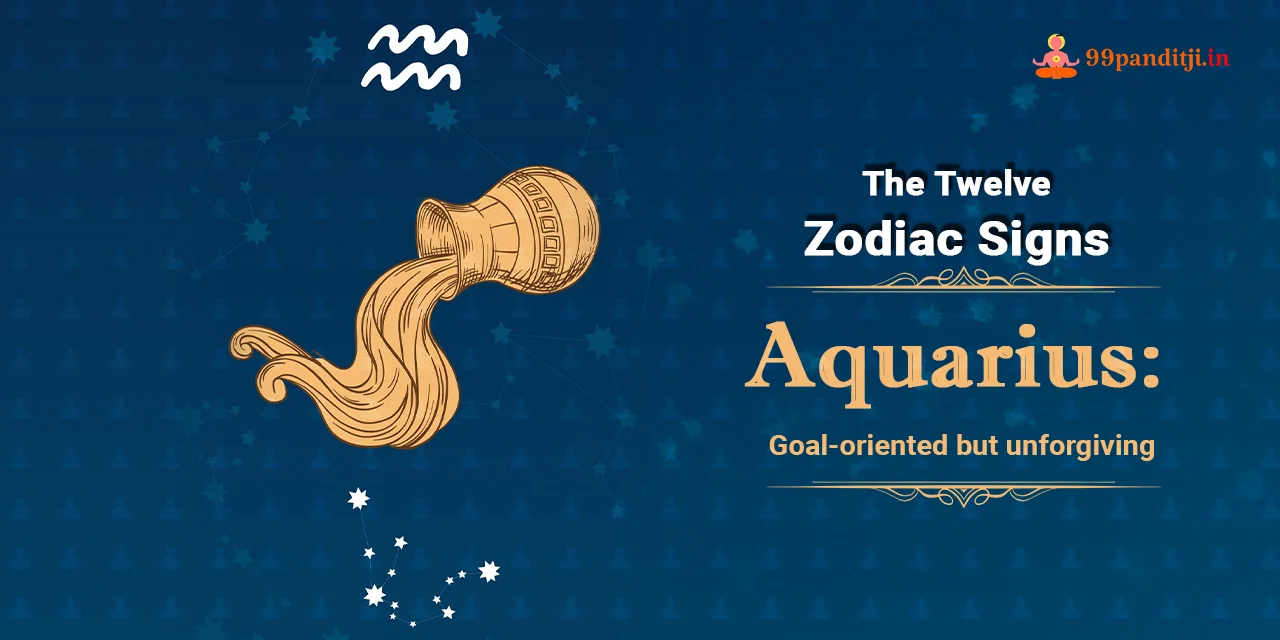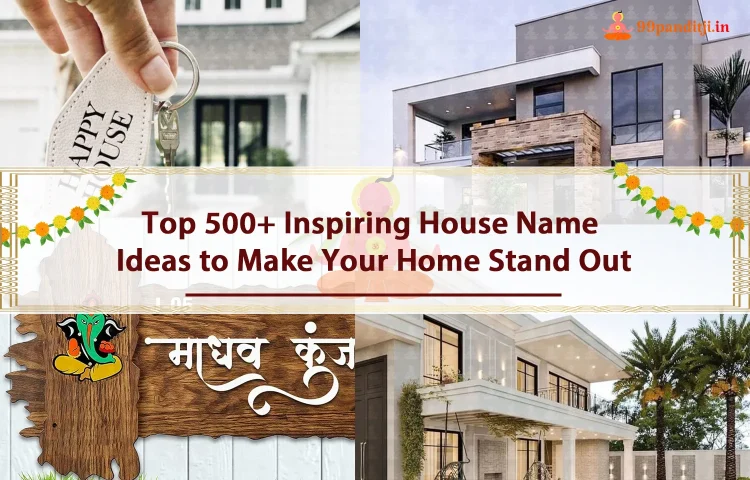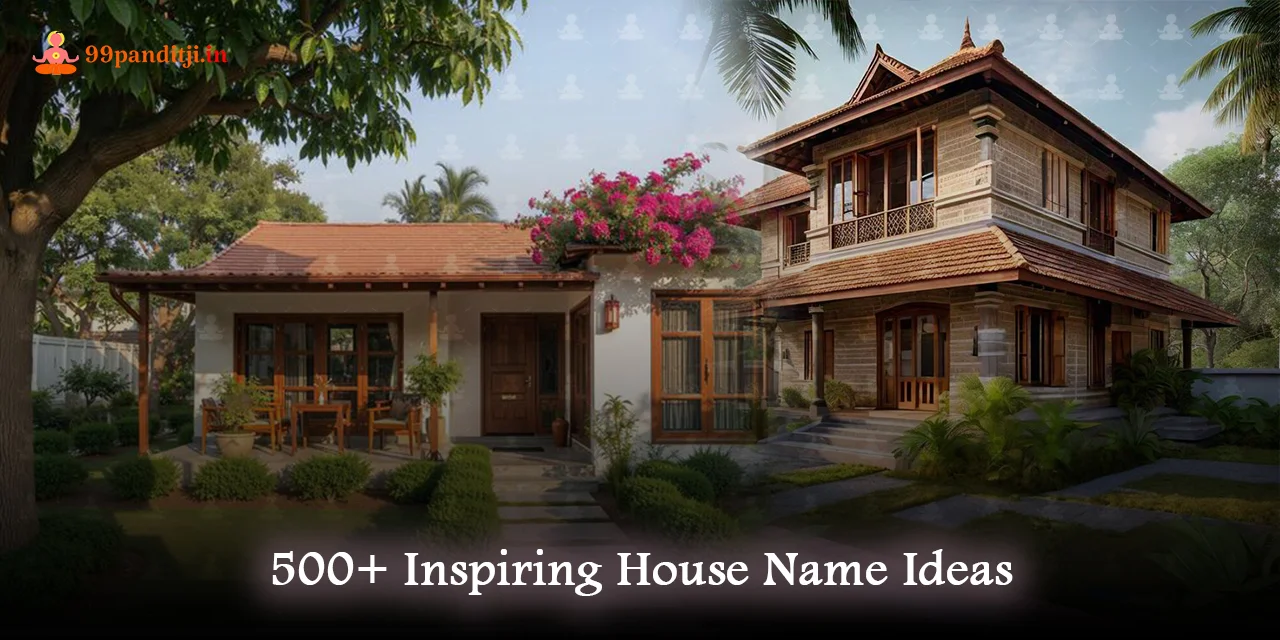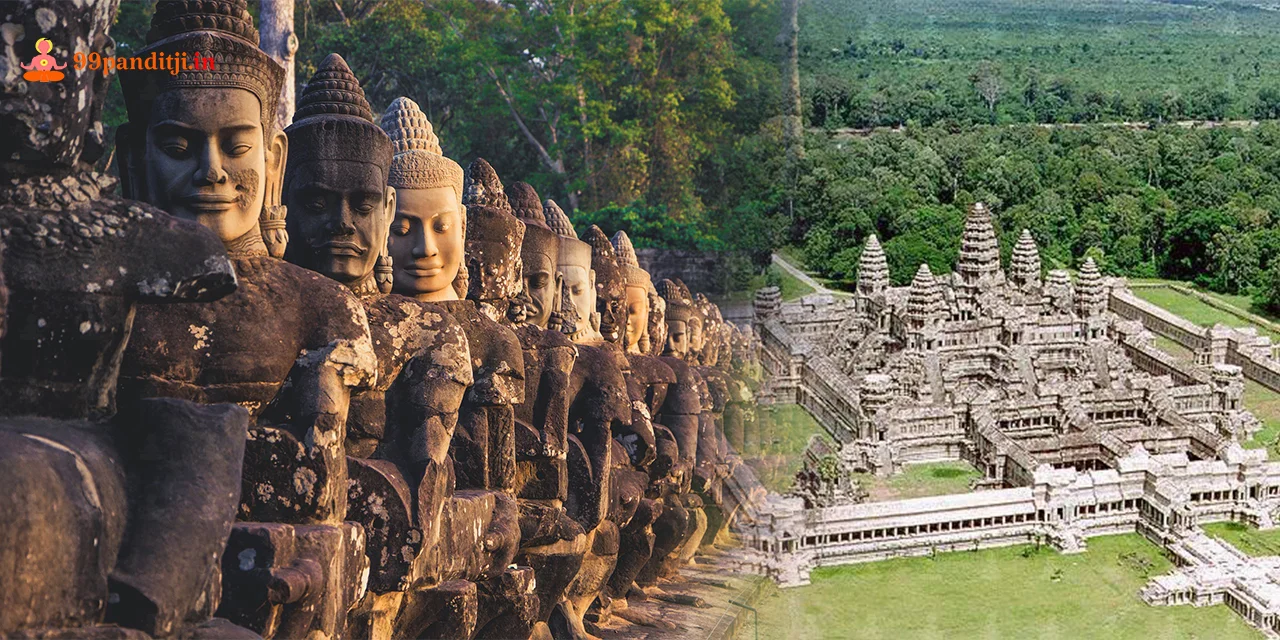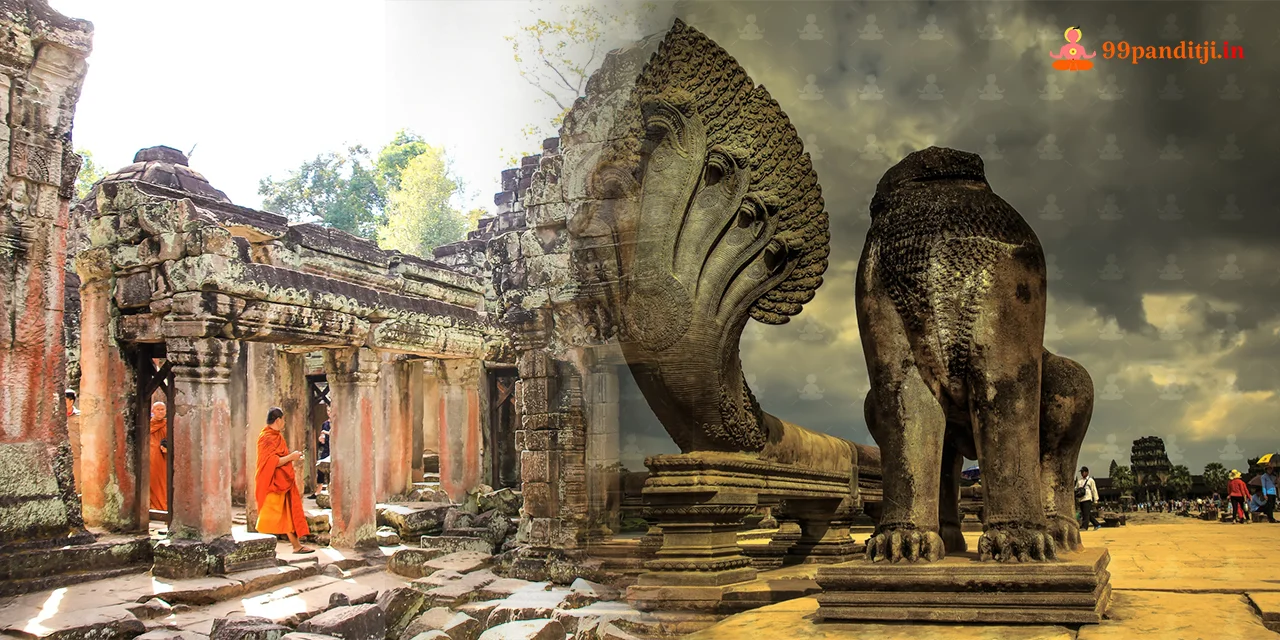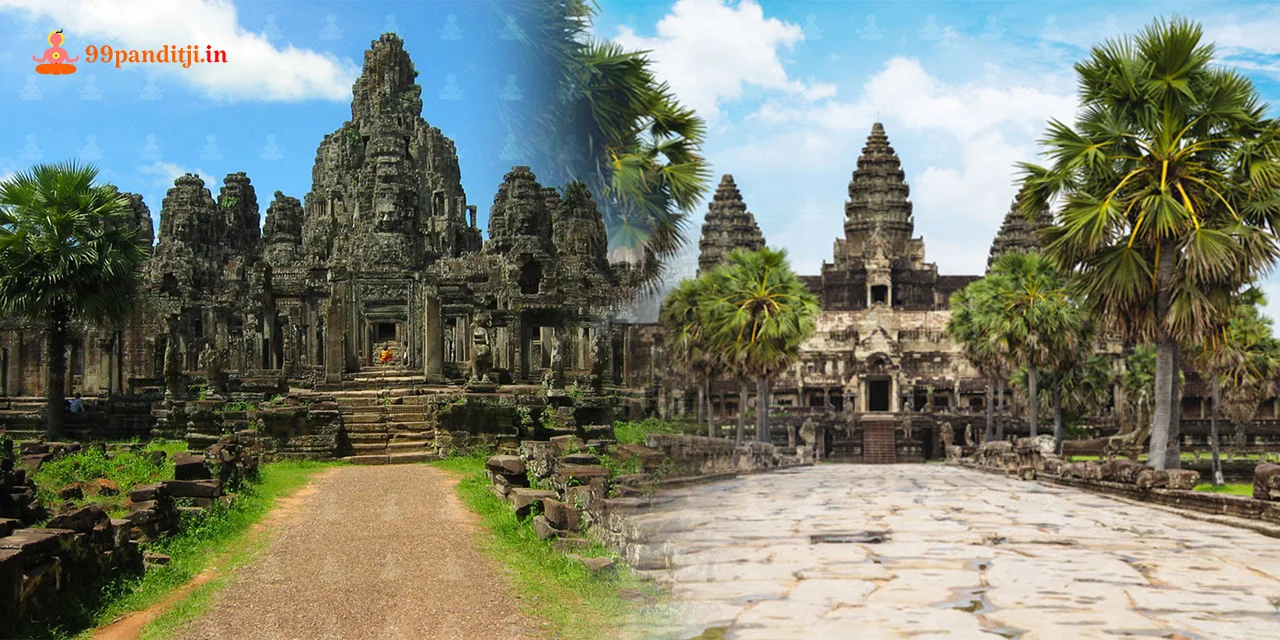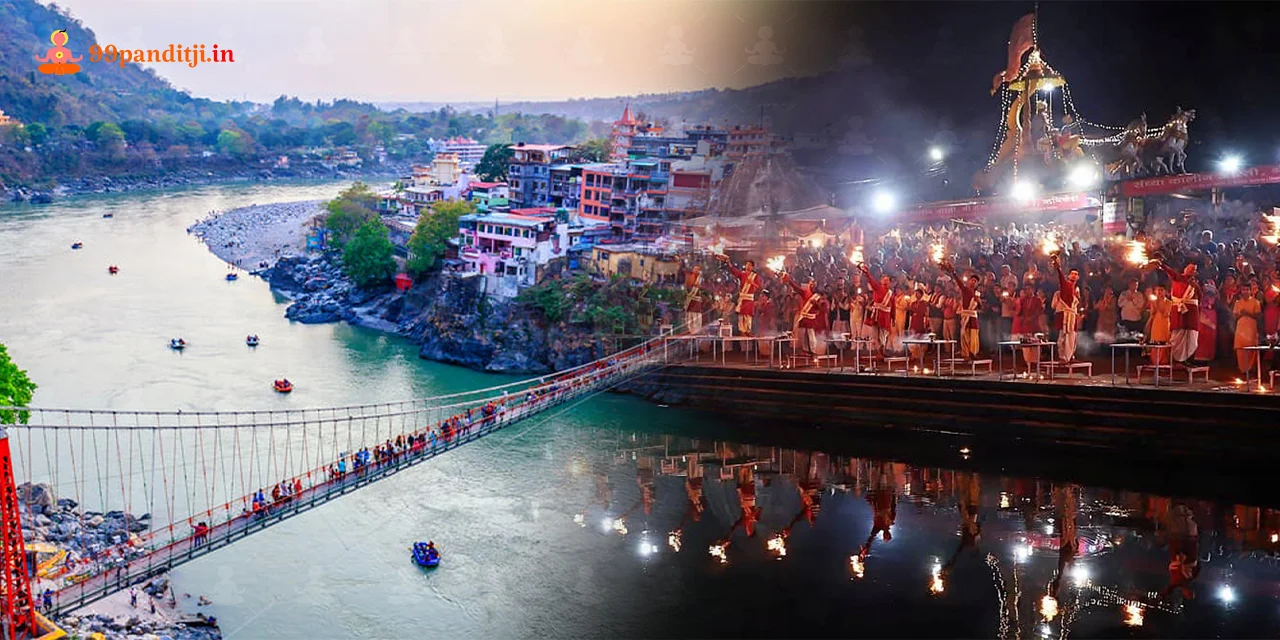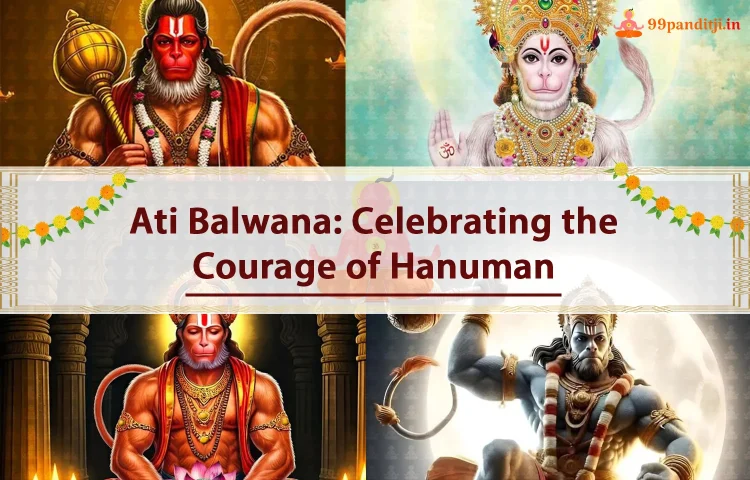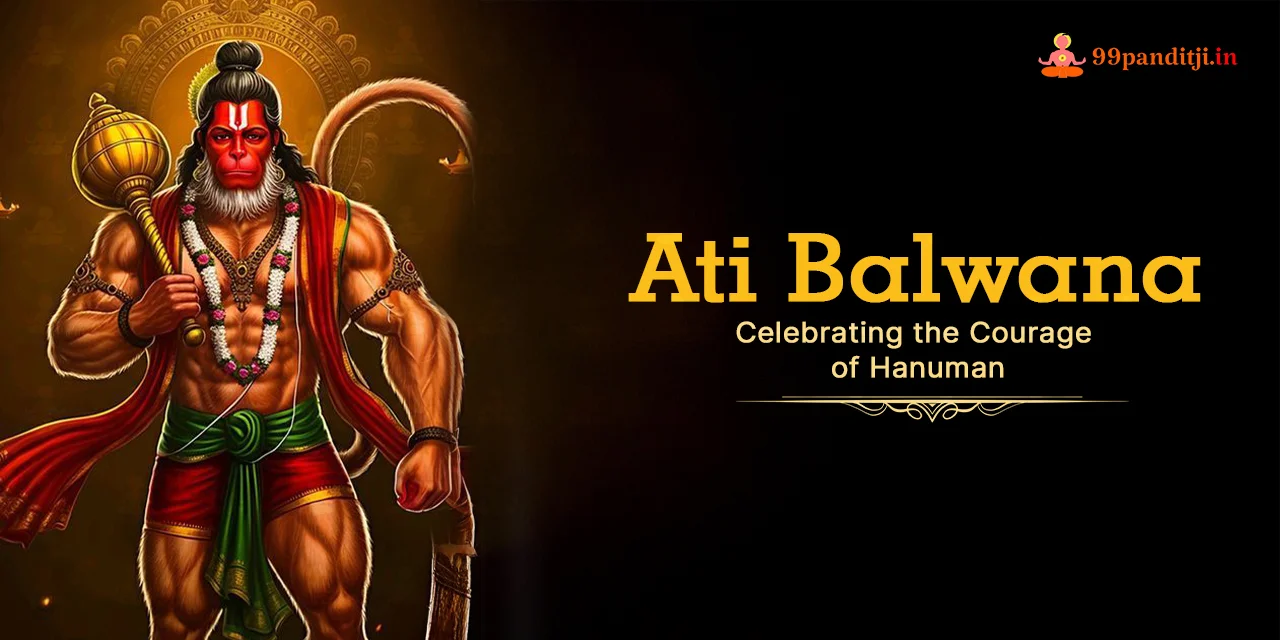History of Mundeshwari Devi temple, located in Bihar, is popular as being the oldest functional temple where rituals are continuously being observed without interruption. The temple dates back to 108 AD and is devoted to lord Shiva and Maa Mundeshwari. Multiple loose sculptures can be seen dispersed near the temple that had a historic part of the temple’s mandapas and sikhara.
You may have a wholesome experience here as followers and history buffs alike. This comprehensive guide will teach you its significance, architecture, and more and how to plan your visit with loved ones.
The Mundeshwari Temple: A Contested Claim to India’s First Temple
In the state of Bihar, Mundeshwari temple is one of the oldest ancient temples in India. This is dedicated to honoring Lord Shiva. It is considered to have been built in the 6th century CE, during the Gupta dynasty.
The temple has undergone renovations and additions multiple times over the centuries. The current architecture dates back to the 10th or 11th century CE. Apart from the claims, there is still debate about the age of the Mundeshwari temple. All of this, due to the exact age of its original architecture, is complex.

Some renovations and additions have taken place over the centuries. Few scholars argue that the temple’s distinctive structure features, like a square sanctum and circular mandapa, suggest an earlier origin than the 6th century CE. Others point to the temple’s site as an essential trade route among northern and eastern India as proof of its ancient origins.
The ASI has recently dated the structure to 108 CE, giving it the oldest hindu temple in the country. Eventually, the Mundeshwari temple is massively identified as one of the oldest and most significant temples in India. The right age of its original development remains a matter of discussion between scholars and historians.
Quick Details of Mundeshwari Temple
Mundeshwari temple is situated on the top of a 600-foot-high hill in the Kaimur district of Bihar. The cool environment and lush greenery around the temple will make you feel spiritual, here are a few other details about the temple.
As you ascend the steps to the temple, you can see that VIP darshan is done by giving an amount of 501. If you are interested in performing Rudrabhishek, contact the temple community to get permission and pay the charges.
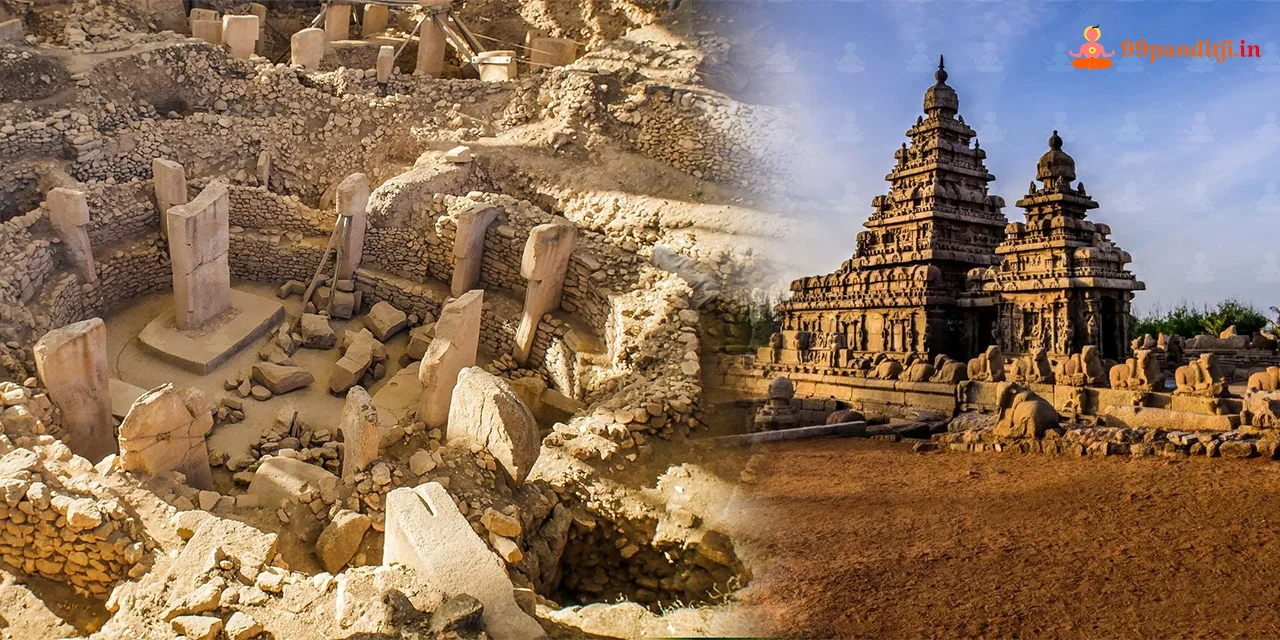
Location: Mundeshwari Dham Road, Bhabua, Paunra Village, Bihar
Temple timings: Opens half an hour before sunrise and closes at sunset, Monday to Sunday
Manokamana aarti timings: 11:30 am to 12 pm
Shringar aarti timings: Half an hour before sunset
Temple break time: Noon to 12:20 pm
Entry: Free
VIP Darshan: Rs. 501
Legend of Mundeshwari Temple
The legend of the Mundeshwari temple worshipped by the devotees is Goddess Mundeshwari and Lord Shiva. The idol of the goddess in the eastern part of the temple is also thought to be the primary deity of the temple. She is pictured in the varahi state on her vehicle, Mahish. Lord Shiva’s panchmukhi shivlinga is rooted at the center of the temple. The amazing point is the color of the shivling, which changes as per the position of the sun. You will also see Nandi on the west side of the temple’s entrance.
Religious Significance of India’s First Temple
For hindu deities, the temple shows the eternal association between Shiva and Parvati, the divine masculine and feminine energies of the universe. The goddess is thought to be a manifestation of Durga, the goddess of strength, power, and safety. She is depicted as the primary goddess who safeguards her followers from evil and negativity. On the other hand, lord shiva is worshipped as the ultimate reality beyond the material world.
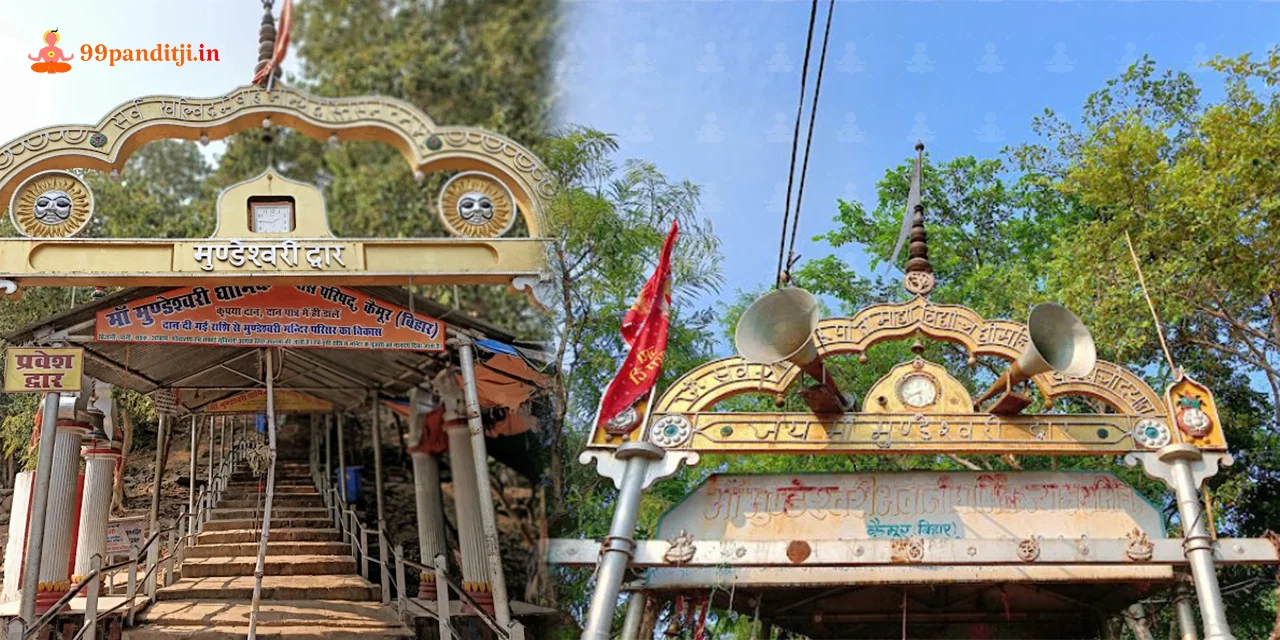
For Buddhist pilgrims, the place is believed to be a significant place during the time of Gautam Buddha. A circular yoni-pitha shows the Buddhist stupa in the temple that embodies Buddha’s enlightened thought.
Followers considered pleasing deities at this temple to bless them with prosperity, good health, and a spiritual culture. It’s also considered that the temple is a powerful source of positive energy, healing people’s mental and physical problems.
Nagara Architecture of Mundeshwari Temple
There are broken parts of the temple that surround it like ruins. Nonetheless, there is enough evidence to support the octagonal shape and all-stone construction of the Mundeshwari temple. The temple has four doors, one of which is partially open while the other is still closed. The temple was constructed in the Nagara architectural style.

It is said to be the oldest temple constructed in this manner and possibly one of the first as well. The stone sculptures are also reminiscent of the Gupta era, which gave rise to the Nagara architectural style. The Nagara architectural style typically features a tower that resembles a mountain top and a ground plan that depicts a cruciform.
Festivals Organized in Devi Mundeshwari Temple
There are many festivals organized in the Devi Mundeshwari temple, like Ram Navami, Navaratri, and Shivratri with dedication. The temple is decorated beautifully during the time with flowers around the walls. People can experience creative designs using multiple colored flowers. There will be a huge inrush of people across the country visiting temples during these days. Every part of the temple is beautified with flowers, petals, and more.
How to Reach Mundeshwari Temple?
There are many ways to reach Mundeshwari temple by road, train, or even flight. The route is well-connected with all major cities.
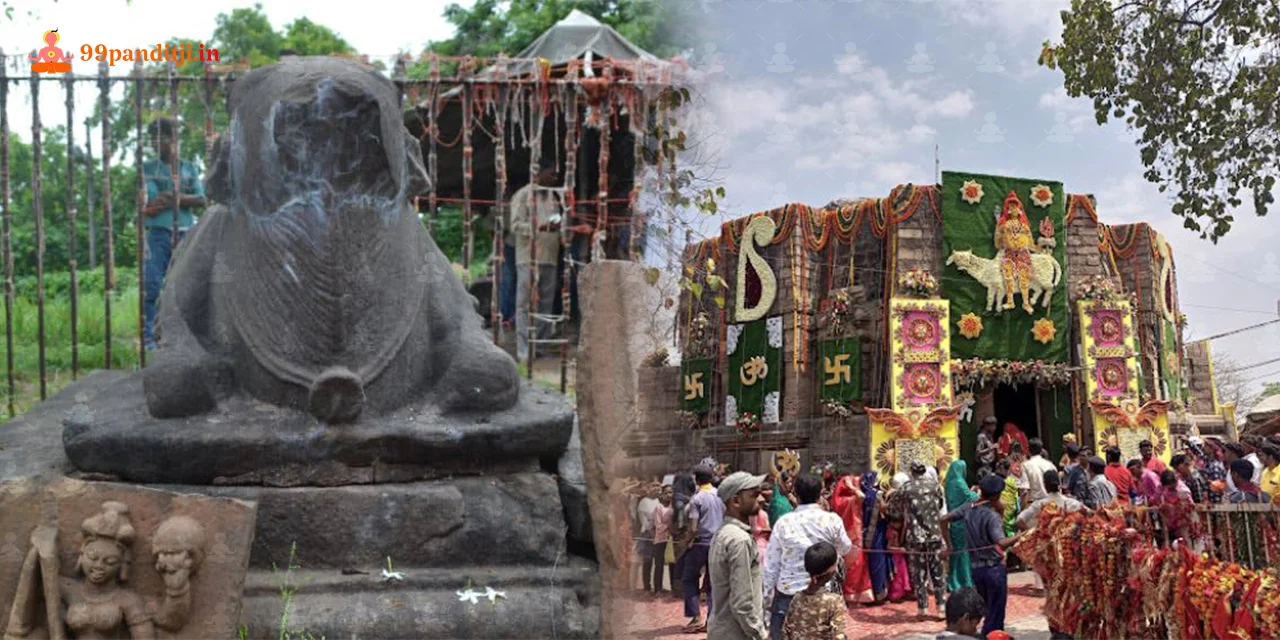
- By Road: If you plan to visit the temple by road, then there are a few state highways in the city. You can simply reach it from Varanasi, Patna, and Gaya. When you arrive at Bhabua Road, getting to the temple can take up to one hour. You can also get to the temple by bus.
- By Train: If going by train, arrive at Bhabua Road railway station in Mohania. From there, the temple is around 22 km, and it will take around one hour to reach the temple.
- By Air: There is no direct flight to the temple as there is no airport in Kaimur District in Bihar. Varanasi is the nearest airport. It is around 102 km from the temple, and it can take around 3 hours to get there.
Tips to Consider While Visiting Temple
There are a few suggestions that you should consider while going to visit the temple:
- Clicking pictures is not allowed inside the temple where deities are located. You can bring your valuable items with you, though.
- An amount of rs. 10 to 50 will be charged for your vehicle as a parking fee. It varies depending on the type of vehicle.
- You could have to wait for at least 15 minutes or longer to get darshan during weekends as there might be a rush. This is also the same during holidays.
- You need to climb the stairs to the temple. It’s around 530 stairs. Otherwise, you can park the vehicle near the temple and climb little stairs.
- The right time to visit the temple is from October to March when the weather is pleasant, and you can spend time around the temple.
Conclusion
Though the Mundeshwari temple is not just a temple but a feeling of multiple devotees, this is a symbol of India’s identity and a testament to its enduring spirit. It has all the required insights about the Mundeshwari temple in Kaimur. Hence, you plan your visit accordingly. The sacred temple must be on the top of the list if you are interested in traveling to heritage sites. The vibe of this place is amazing,g and it will be a bonus for you to experience beautiful views.

